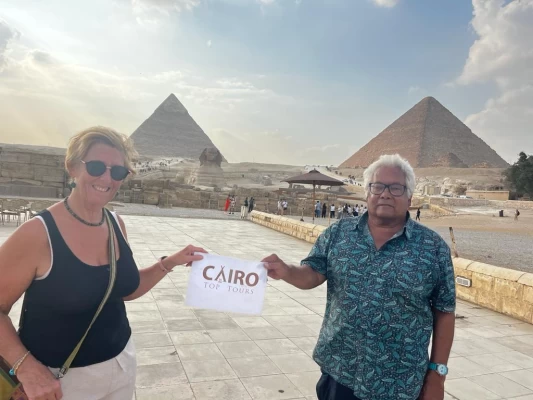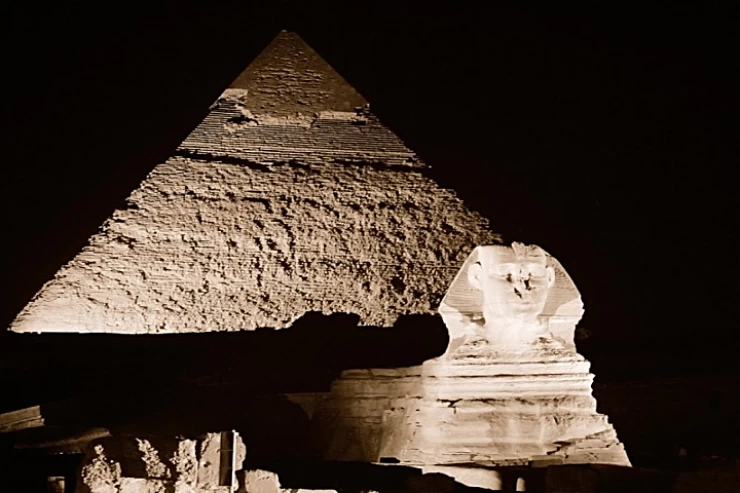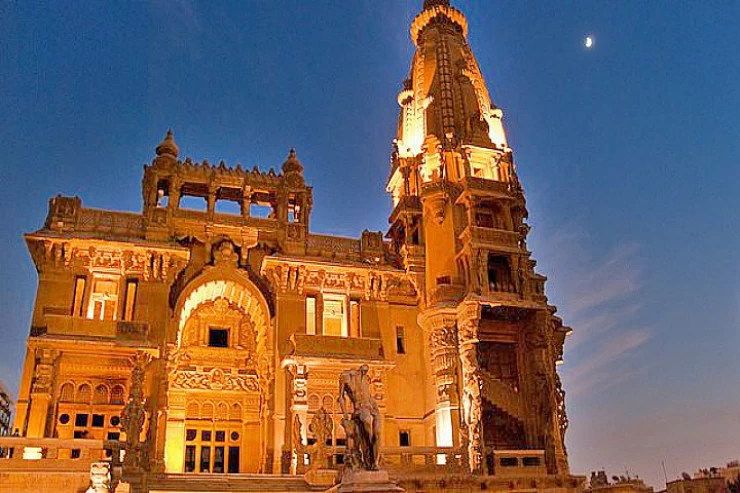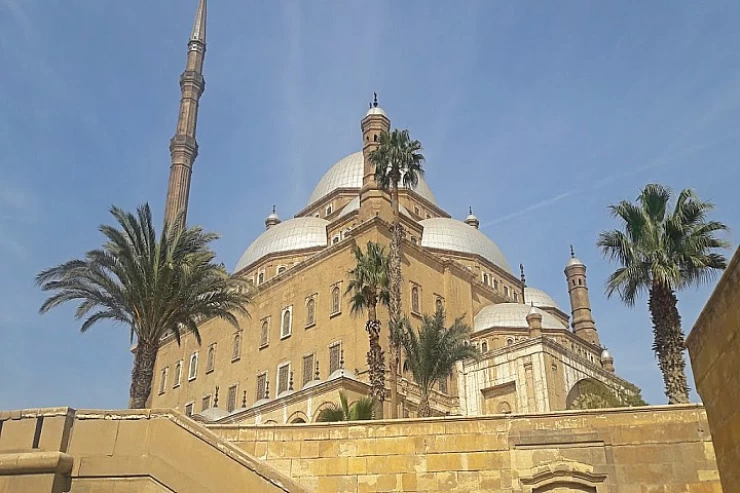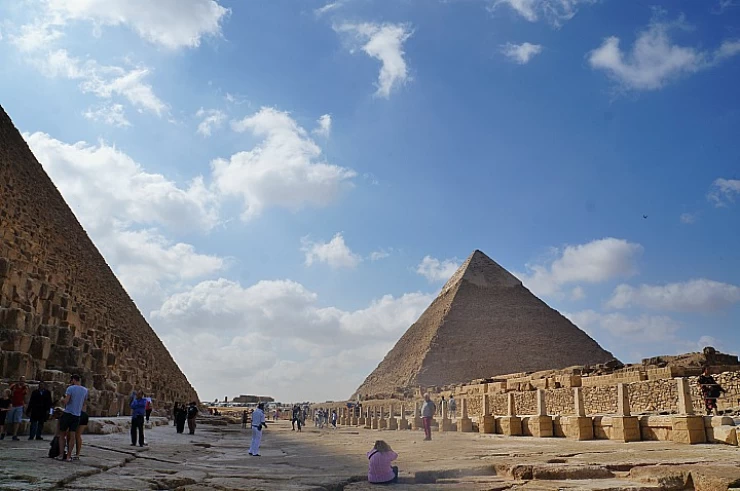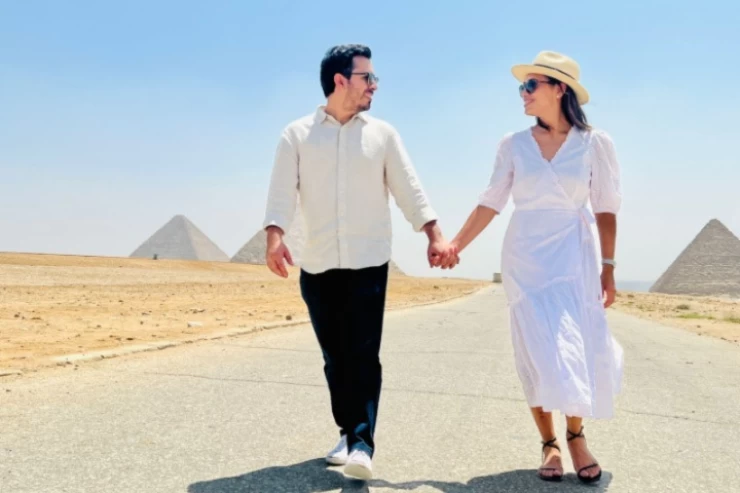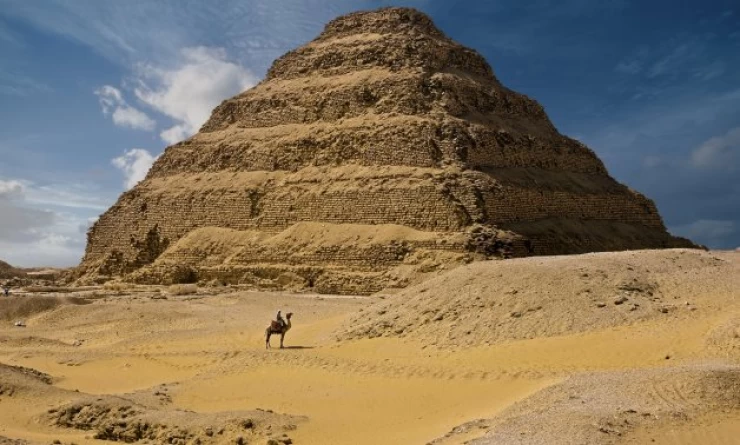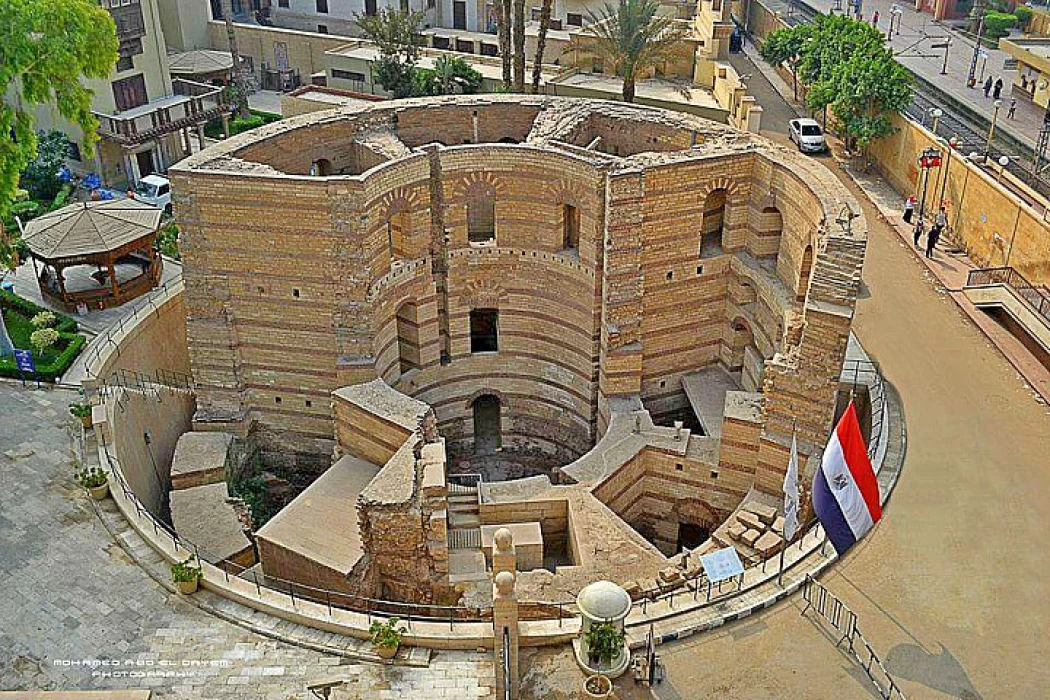
The Roman Fortress of Babylon in Cairo
Coptic Cairo | Egypt Coptic Churches
The Roman fortress of Babylon or Qsar el Shamee is one of the exciting Roman monuments and things to do in Cairo, it was built around the year 30 BC, with the arrival of the emperor Augustus in Egypt, on the eastern bank of the Nile River. It was built on the outskirts of the Egyptian city (Heliopolis). According to some sources, the place chosen for the fort traces its origins to the reign of Pharaoh Sesostris, others also indicate that its foundation goes back to the reign of Nebuchadnezzar who was the greatest King of ancient Babylon during the period of the Neo-Babylonian Empire (626-539 BCE). However, the evolution of the fortress is strongly linked to the emperors Trajan and Diocletian. In 112 A.D. orders claimed for the construction of a powerful fortified port at the entrance of the Red Sea channel in Babylon.
The reopening of the canal was due to the strategic and commercial interests of Rome in the East, after the annexation of the Nabatean Empire in 106 A.D. Around A.D 300, Emperor Diocletian built an imposing fortress in Babylon, as part of the reorganization and administrative reform project in Egypt. The entrance of the canal remained in the same place, although now flanked by two imposing circular towers, which currently limit the entrance to the Coptic Museum. At the end of the fourth century A.D., and exactly under Emperor Arcadius the Babylonian fortress was again enlarged and reinforced as the basis of the Legio XIII Gemina.
In the 19th century, most of the structure of the Roman fortress of Babylon was demolished. The two circular towers of the river port and part of the walls of the Roman fortress are preserved and restored. One of the two towers that flanked the port and the entrance to the Red Sea channel is integrated into the Church of Saint George. The structure of the other circular bastion can be observed at street level, the original location being visible several meters below the current ground level.
Other ruins of the walled area of the fortress are preserved in the Hanging Church. The Coptic Church of the Holy Virgin Mary was built on the Roman structures of the huge fortress. This church dates back to the fourth century AD, possibly being the oldest Coptic church in the Coptic world.
Inside the walls of the ancient Roman fortress, several churches of Coptic Christianity are preserved. They emphasize, in addition to the mentioned Al-Muallaqah church, dedicated to the Holy Virgin Mary; the Church of St. Sergius, built, according to tradition, in the place where the Holy Family was after its arrival in Egypt fleeing the persecution of King Herod. Other places of interest are the Coptic Museum, the tomb of Ibrahim al-Gohari, the Church of St. Barbara, and the Ben Ezra Synagogue.

Ben Ezra Synagogue
Egypt is still a great tourist destination because its history has been at the origin of what the world is today.
You can learn more about special buildings called Top 5 Things To Do In Egypt | Top-Rated Tourist Attractions In Egypt. These temples were important and can teach you many interesting things about the people who lived in Egypt a long time ago.
Latest Articles
Admin
Seabourn Sojourn Cruise Stops in Safaga Port
The Seabourn Sojourn, the flagship vessel of Seabourn Cruise Line's ultra-luxury fleet, was built in 2008 at the T. Mariotti shipyard in Genoa, Italy. Measuring 198 metres, it can accommodate up to 450 guests in its 225 spacious all-suite staterooms.
Admin
Norwegian Sky Cruise Stops in Safaga Port
Norwegian Cruise Line operates a cruise ship called the Norwegian Sky. It was constructed in 1999 and can accommodate 2,004 passengers in addition to 878 crew members. The ship has several dining establishments, lounges and bars, a spa and fitness center, swimming pools, and a number of entertainment areas.
Admin
Explora II Cruise Stops in Safaga Port
Explora II, the second vessel in the Explora Journeys fleet, sets sail in 2024 to redefine luxury cruising. With 461 ocean-front suites, 9 culinary experiences, and 4 pools, this haven of sophistication and sustainability promises an unforgettable "Ocean State of Mind" journey to inspiring destinations.
Admin
Mein Schiff 6 Cruise Stops in Safaga Port
The Mein Schiff 6 is the latest cruise ship in the renowned TUI Cruises fleet, offering passengers a luxurious and sophisticated cruise experience. At 315 metres long, this floating resort features a range of dining options, entertainment, and recreational facilities, including a spa, fitness centre, and sports amenities.
Admin
Mein Schiff 4 Cruise Stops in Safaga Port
When the Mein Schiff 4 cruise ship docks in Safaga, Egypt, passengers are granted access to a realm of ancient wonders. Aboard this state-of-the-art vessel, guests can embark on meticulously curated shore excursions that showcase the region's most iconic landmarks, including the Giza Pyramids, the enigmatic Sphinx, and the remarkable tombs and temples of the Valley of the Kings in Luxor.
Admin
MS Europa Cruise Stops in Safaga Port
The Silver Moon, Silversea's latest flagship, is a luxury cruise ship that offers an exceptional travel experience for Venezuelans exploring Egypt. With a capacity of 596 guests and an impressive 40,700 gross tonnes, the Silver Moon maintains the small-ship intimacy and spacious all-suite accommodations that are the hallmarks of the Silversea brand.






